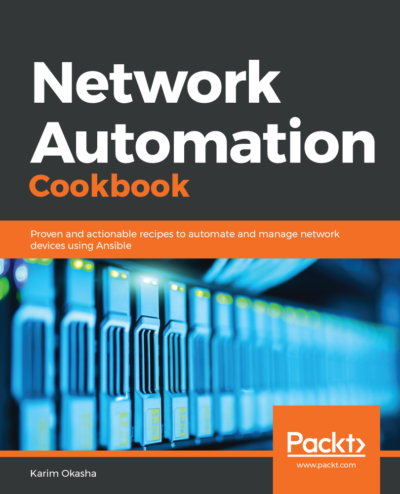For the last two decades, I have been working in the Network and Telecommunications fields. Back then, it was challenging to provision devices; remote management wasn’t popular and we used console cable (in the Staging phase) for most of our deployments.
In the early 2000s, I joined a gigantic global service provider that owns and manages tens of thousands of routers worldwide. We used to write our own scripts, in addition to utilising some internal tools to generate some basic configurations which we later used to provision as a device or a handful of devices.
We used some basic scripts written in TCL or BASH and somehow we used to apply the required configuration to the destination routers using “SNMP writes” without a real automation framework.
This has changed a lot with adopting the Software Development lifecycle, DevOps, and CI/CD in Network Automation. Many of us (veteran network engineers) wished we had this framework, and tools 20 years ago
With the proposed automation framework we are not only automating the repeated tedious network deployment tasks to hundreds of devices in minutes instead of weeks, but we also can automate cloud deployments in Azure, AWS, and Google Cloud Platform “GPC”.



Network Engineers have been using scripts for decades to improve provisioning time and accuracy. However, Network Automation is more than scripting. It uses Software Development methodologies and practices to achieve the desired goals.
This is what Karim explains perfectly in his new book. Utilising Ansible as the main building block for the suggested automation framework.
This does not only provision the devices, but also creates templates and devices profiles using tools such as Jinja2 Templates, combine this with introducing Network inventory or our single source of truth like Netbox, and control all that with aversion control CI/CD for example Github.




The book outlines how to automate the traditional network tasks for multiple industries and fields such as Data Centre, Service Provider, and Campus. For example, the book guides you step by step on how to build the appropriate playbooks to:
- Build your basic LAN configurations and services (such as DNS, NTP, …) along with configuring VLANs, routing (e.g. OSPF), and securing your campus Network.
- Build your MPLS backbone that includes core and edge routers (e.g. MPLS LDP), and provision MP-BGP and MPLS applications such as L3VPN.
- Convert your standard data centre into Spine and Leaf (IP Fabric) architecture. Then configure BGP, EVPN, VXLAN, and Load-balancing for an enhanced user-experience at your Data Centre.
- Validate status and reachability within your network.
All this across applied multiple vendors such as Cisco, Juniper, F5, and Arista; besides utilising different methods to communicate with network devices such as (SSH, NETCONF, and eAPI).




After explaining how to automate your Network weather it’s a Large Service Provider, a gigantic Data Centre, or even a small campus. Next, you will learn how to automate your cloud foundation and get the required guidance through your Cloud Migration journey for the big three Public Cloud providers:
- AWS
- Azure
- GCP
You will learn how to automate many of the day-to-day tasks for your hosted platform of public clouds, to list a few:
- Installing SDK
- Creating VPC, Subnets, and Regions.
- Deploy VMs, and Network resources.
- Controlling routing, and security.
- Deployment Validation.
Last but not least, the book additionally suggests many enhancements to your automation solution such as:
- Using NAPALM for a Multi-vendor environment.
- Using Netbox as inventory | source of truth.
- Utiliza Batfish for validation.
- Using AWX as GUI for a better user experience.
- Using Tags, Filters, and Data Validations for your Ansible playbooks.
In summary, I believe Karim did a great job to include all the required pieces to build your network automation framework/puzzle. I have enjoyed reviewing the book, sharing my thoughts and comments with Karim, and running through each playbook in the book.
Give it a try, ride the wave of network automation and digital transformation. Let the Automation machine work for you while utilising your time in enhancements and thriving your network and cloud existence.



